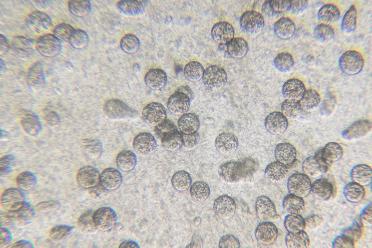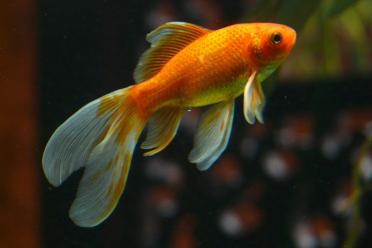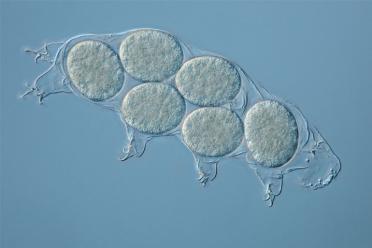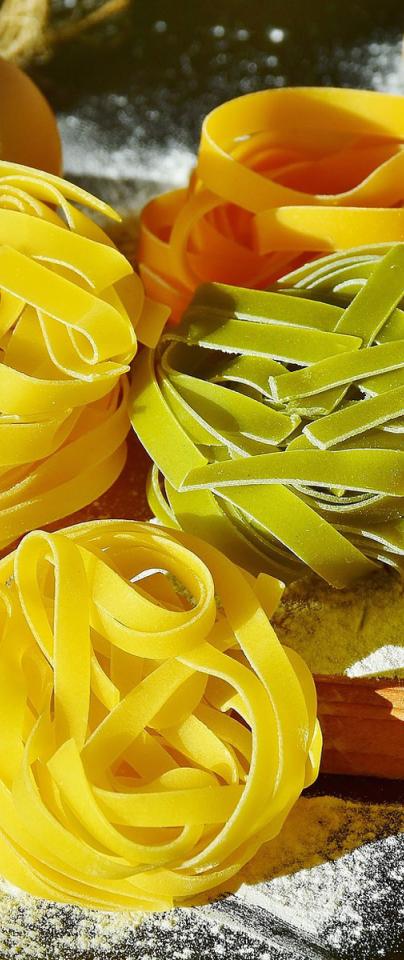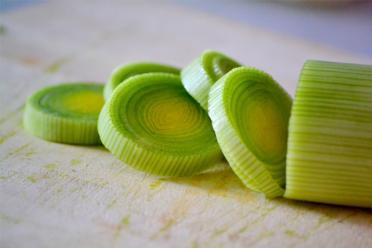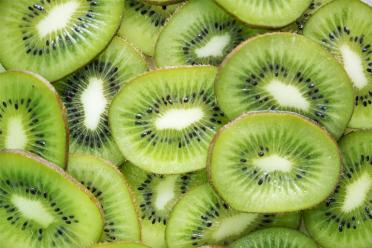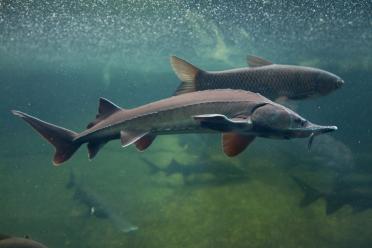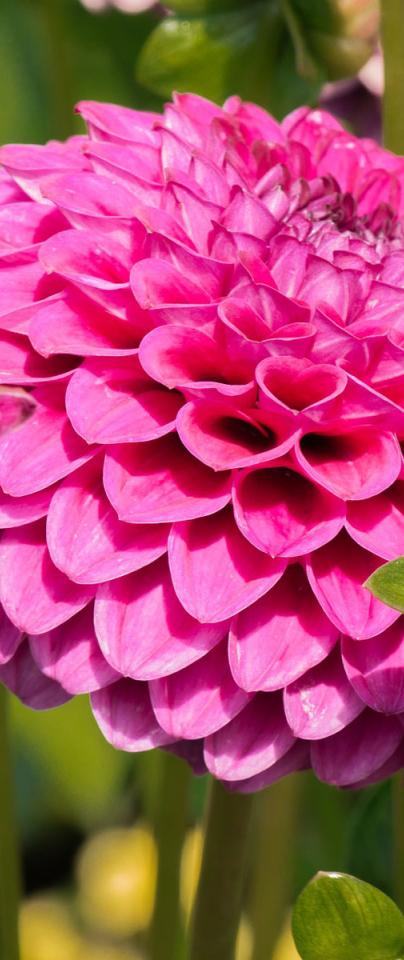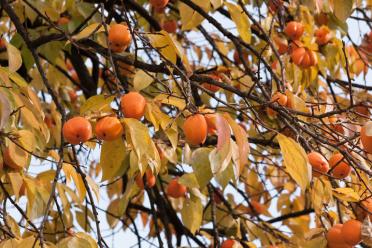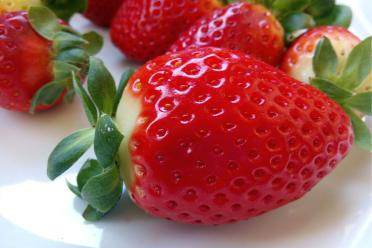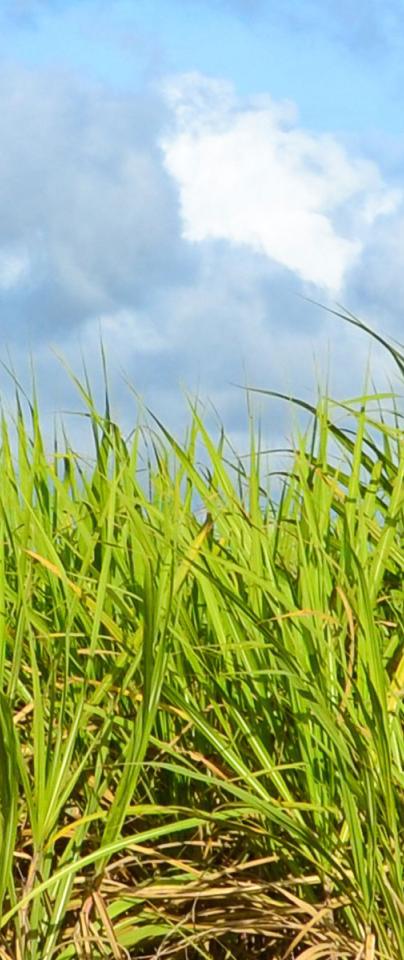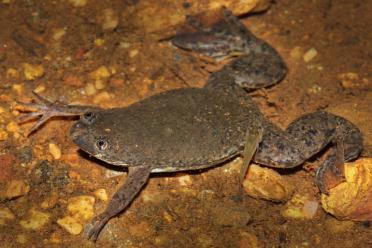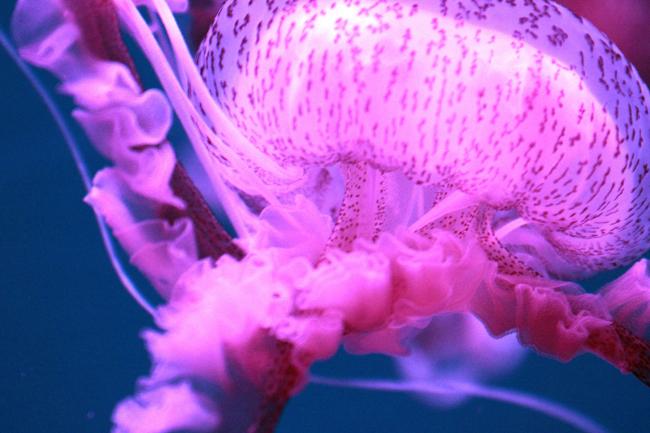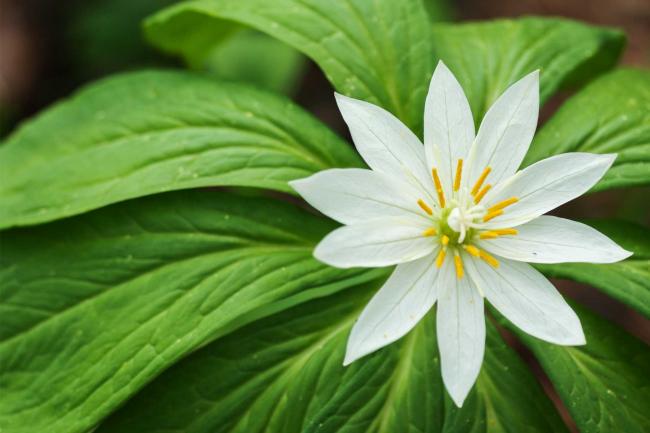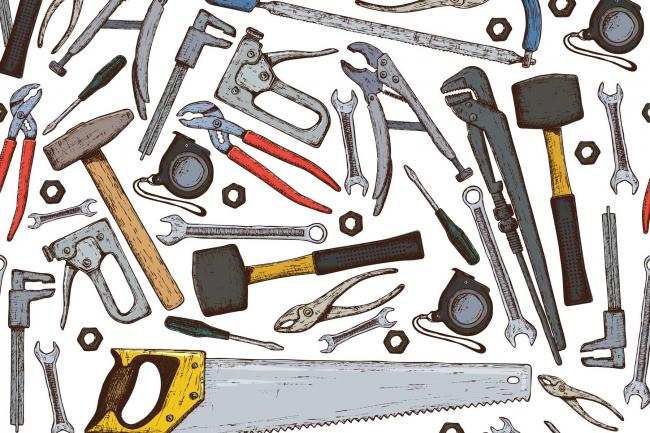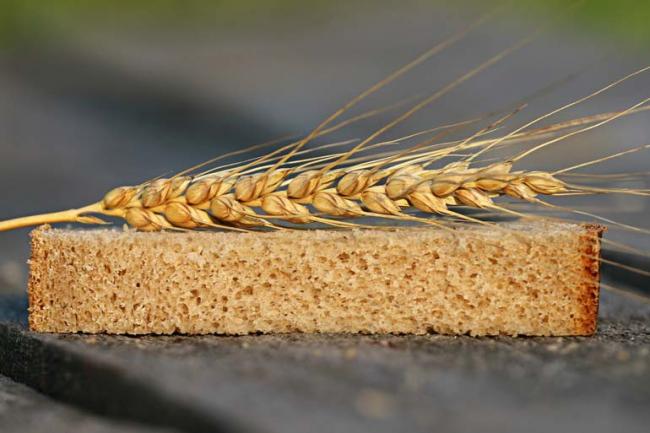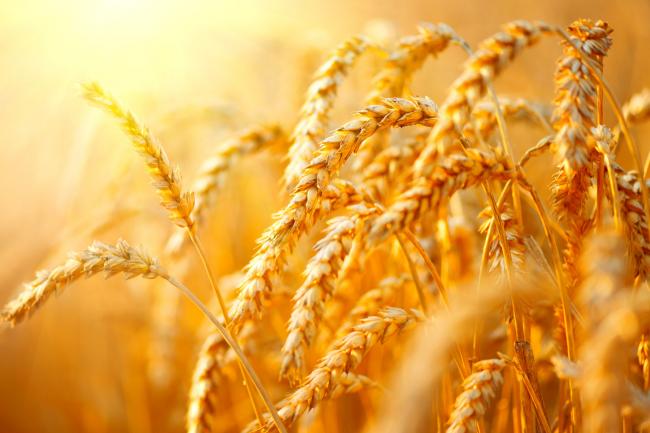On the first day of Christmas, my true love gave to me;
Chlamydomonas reinhardtii!
On the second day of Christmas, my true love gave to me;
two sets of chromosomes, and
Chlamydomonas reinhardtii!
On the third day of Christmas, my true love gave to me;
three seedless watermelons,
two sets of chromosomes, and
Chlamydomonas reinhardtii!
On the fourth day of Christmas, my true love gave to me;
Four tagliatelle,
three seedless watermelons,
two sets of chromosomes, and
Chlamydomonas reinhardtii!
On the fifth day of Christmas, my true love gave to me;
five wild leek rings.
Four tagliatelle,
three seedless watermelons,
two sets of chromosomes, and
Chlamydomonas reinhardtii!
On the sixth day of Christmas, my true love gave to me;
Six wheat ears swaying,
five wild leek rings.
Four tagliatelle,
three seedless watermelons,
two sets of chromosomes, and
Chlamydomonas reinhardtii!
On the seventh day of Christmas, my true love gave to me;
Seven sturgeon swimming,
six wheat ears swaying,
five wild leek rings.
Four tagliatelle,
three seedless watermelons,
two sets of chromosomes, and
Chlamydomonas reinhardtii!
On the eighth day of Christmas, my true love gave to me;
Eight Dahlia dancing,
seven sturgeon swimming,
six wheat ears swaying,
five wild leek rings.
Four tagliatelle,
three seedless watermelons,
two sets of chromosomes, and
Chlamydomonas reinhardtii!
On the ninth day of Christmas, my true love gave to me;
Nine swampy grasses,
eight Dahlia dancing,
seven sturgeon swimming,
six wheat ears swaying,
five wild leek rings.
Four tagliatelle,
three seedless watermelons,
two sets of chromosomes, and
Chlamydomonas reinhardtii!
On the tenth day of Christmas, my true love gave to me;
Ten strawberries steeping,
nine swampy grasses,
eight Dahlia dancing,
seven sturgeon swimming,
six wheat ears swaying,
five wild leek rings.
Four tagliatelle,
three seedless watermelons,
two sets of chromosomes, and
Chlamydomonas reinhardtii!
On the eleventh day of Christmas, my true love gave to me;
Eleven piping icing,
ten strawberries steeping,
nine swampy grasses,
eight Dahlia dancing,
seven sturgeon swimming,
six wheat ears swaying,
five wild leek rings.
Four tagliatelle,
three seedless watermelons,
two sets of chromosomes, and
Chlamydomonas reinhardtii!
On the twelfth day of Christmas, my true love gave to me;
Twelve clawed frogs clawing,
eleven piping icing,
ten strawberries steeping,
nine swampy grasses,
eight Dahlia dancing,
seven sturgeon swimming,
six wheat ears swaying,
five wild leek rings.
Four tagliatelle,
three seedless watermelons,
two sets of chromosomes, and
Chlamydomonas reinhardtii!



